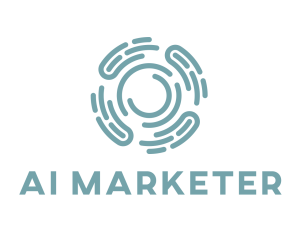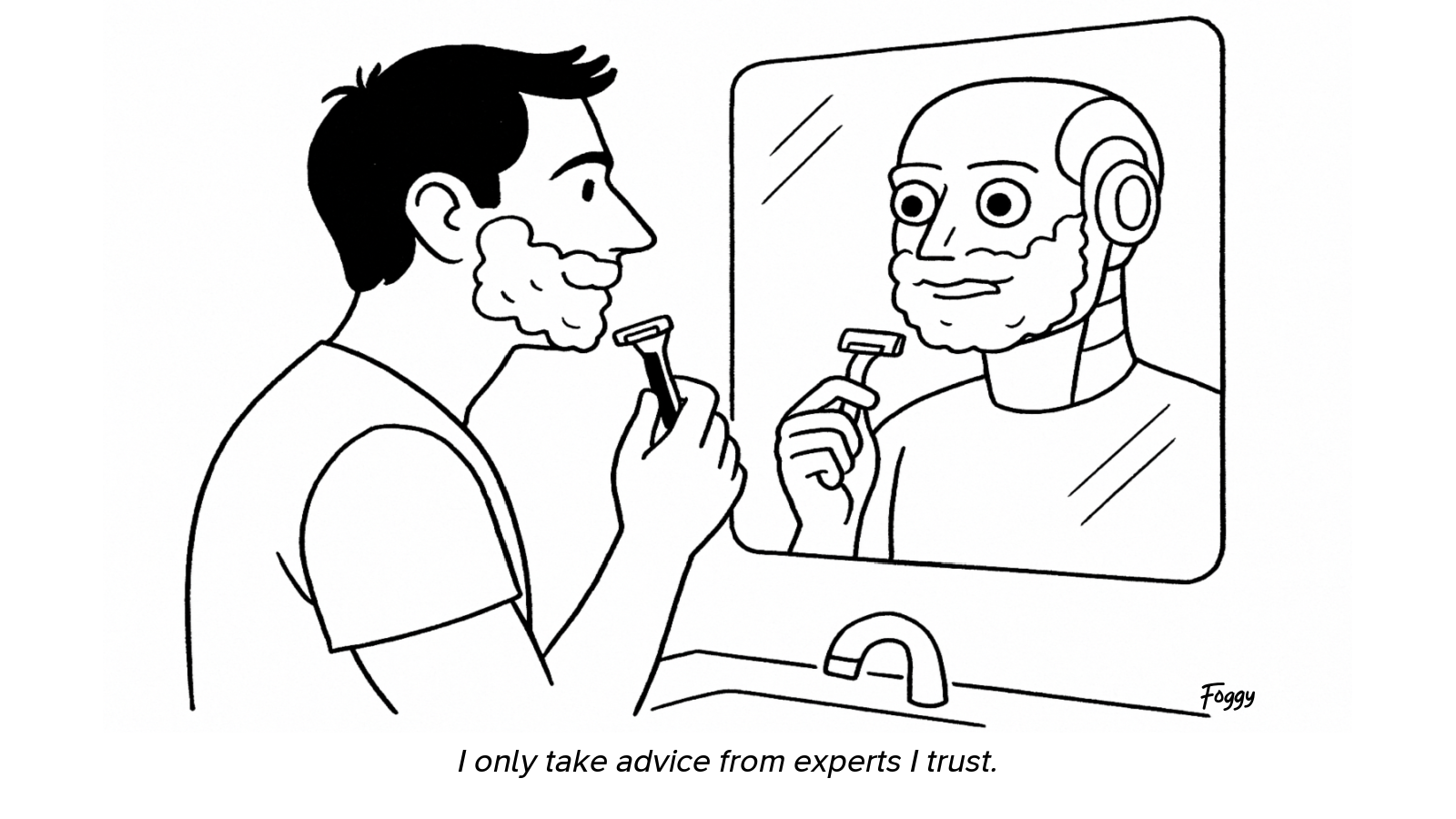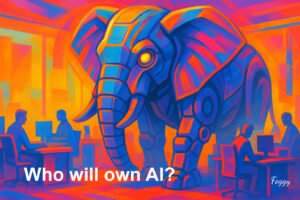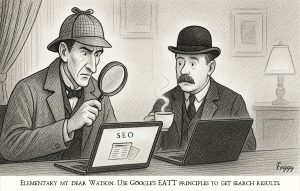AI tools are incredible research assistants—but they’re not immune to human thinking traps. In fact, AI research often reflects our own cognitive biases or amplifies them during creation of our prompts and analysis.
If we’re not careful, we end up with false confidence, flawed insights, or content that misses the mark. Here are five key AI research biases you need to watch out for—and how to turn them into marketing superpowers.
1. Confirmation Bias – AKA The Echo Chamber
- What it is: The tendency to search for, interpret, and favor information that confirms our existing beliefs.
- Where it shows up with AI: When prompting ChatGPT or searching with AI tools, we unconsciously frame queries to validate our assumptions.
- Simple example: Asking, “Why are Facebook ads better than Google Ads?” leads the AI to reinforce your assumption instead of offering a balanced comparison.
- Marketing advantage: Flip the script. Use this bias to validate customer beliefs in copy: e.g., “Like most small business owners, you probably think social media takes too much time—here’s how we fixed that.”
2. Availability Heuristic – AKA The Google Effect
- What it is: Overestimating the importance or frequency of information that comes easily to mind.
- Where it shows up with AI: When relying on the most recent or popular AI research or generated data—especially when it sounds polished or familiar.
- Simple example: An AI tool suggests TikTok is the top platform for all audiences because it’s frequently mentioned—ignoring nuances in your niche.
- Marketing advantage: Create top-of-mind content: use repetition, recency, and familiar themes to influence perception (e.g., “Everyone’s talking about…”).
3. Anchoring Bias – AKA First Impressions Stick
- What it is: Relying too heavily on the first piece of information encountered.
- Where it shows up with AI: When the first stat, opinion, or phrasing in an AI response overly influences your final conclusion or tone.
- Simple example: ChatGPT says the average email open rate is 21%. You base your strategy around that number without checking more relevant industry data.
- Marketing advantage: Use strong opening statements or initial price anchors to shape perception (e.g., “Normally $499—today only $199!”).
4. Framing Effect – AKA How You Spin It
- What it is: How you present information (positive vs. negative framing) affects decision-making.
- Where it shows up with AI: AI can frame the same data in dramatically different ways depending on how you phrase your question or prompt during AI research.
- Simple example: “What are the risks of using AI in content creation?” produces a very different output than “What are the benefits of using AI in content?”
- Marketing advantage: Frame messages to emphasize gain or loss depending on your goal, e.g., “Double your leads” vs. “Stop losing leads every day.”
5. Authority Bias – AKA The Expert/Influencer/Celebrity Said So
- What it is: Placing more trust in information from perceived authority figures, experts, influencers or other sources.
- Where it shows up with AI: When AI cites well-known sources or uses confident, authoritative language—even if the information is wrong or outdated.
- Simple example: AI references a 2021 study with confidence—but you assume it’s current and accurate because of how it’s presented.
- Marketing advantage: Use testimonials, expert quotes, or awards to tap into this bias in your favor.
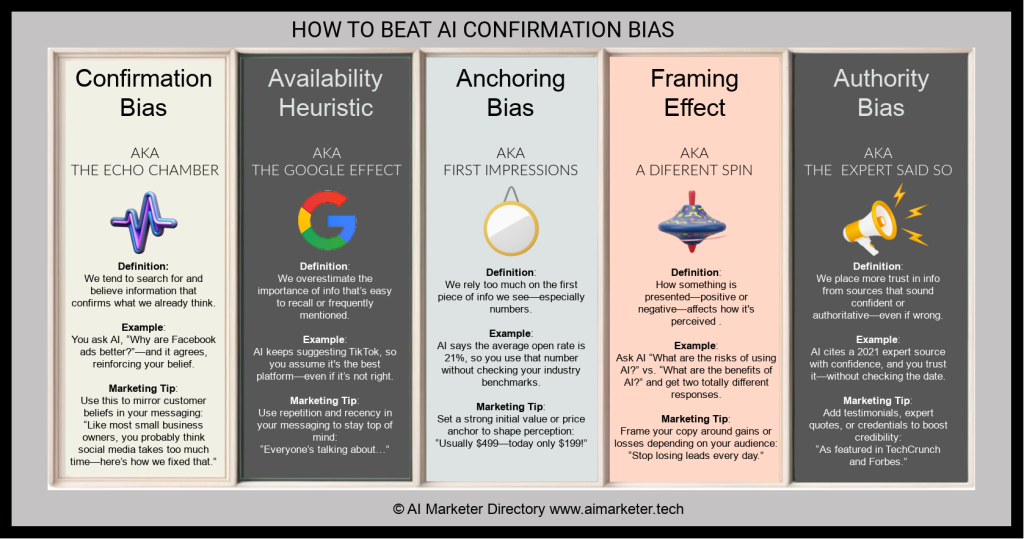
Final Thought: Don’t Outsource Your Thinking
AI is smart—but you still need to be smarter. Recognizing these biases protects you from bad prompts and data and helps you create sharper, more persuasive AI research and marketing content. Question your prompts, double-check your sources, and don’t be afraid to reframe your perspective.
Because sometimes, the real bias isn’t in the machine—it’s in the mirror.
While you’re thinking about research, check out our AI research tools to find the best addition to your research toolkit.
By Jeff Domansky, Managing Editor
Recent posts:
How to Use ChatGPT’s AI Image Creation Tool: A Quick-Start Guide for Creators
